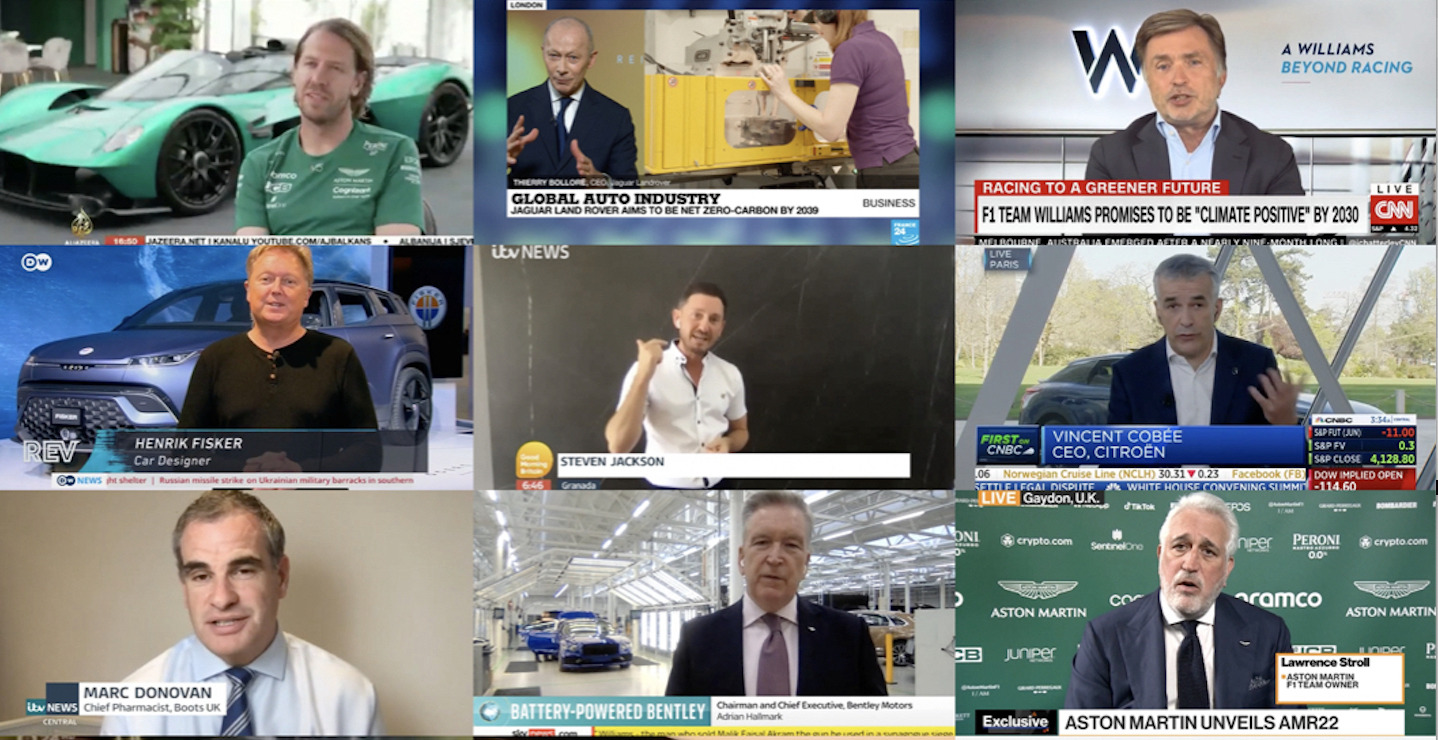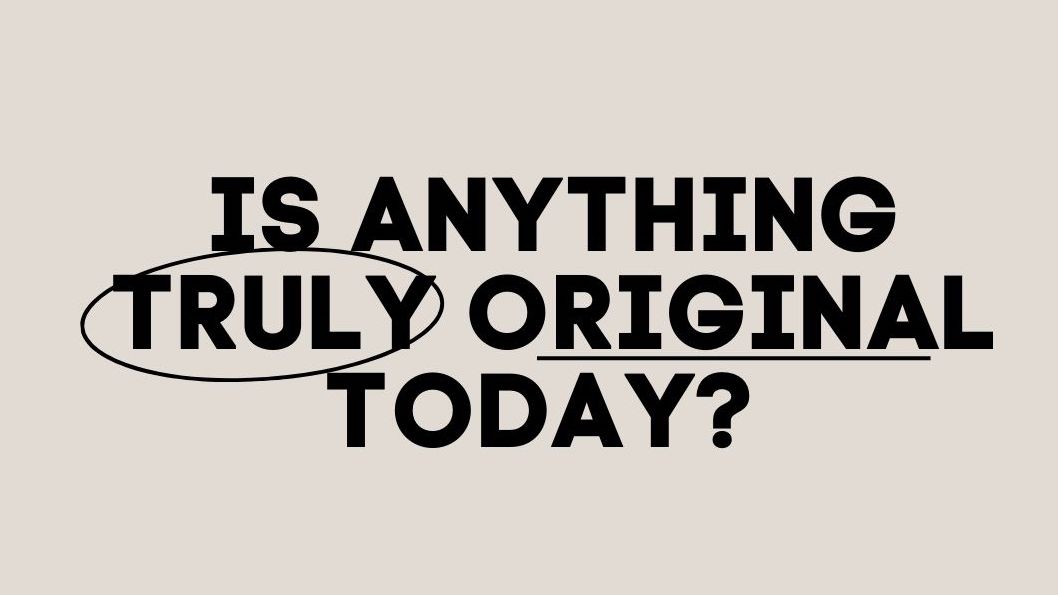Sassy Create
December 14, 2022
Ever wondered what it takes to become a successful creative director? Or what inspires creative minds when faced with a tough brief? To answer these questions and more, we caught up with our very own creative director, Nikki Gillespie, to find out exactly what it takes to thrive in a creative world.
1. What made you think that creative director was the role for you?
I have always loved reading and writing. I started out as a copywriter in the early days and was fortunate enough to work with some amazing people on great jobs for both big global brands and emerging new businesses. Being surrounded by talented, passionate people and earning the trust of clients, meant that I was fortunate enough to climb the ladder.
2. Did you always feel that you would make it to creative director when starting out?
I have always been ambitious and hard-working. I strive to make every job the best it can be, so the ingredients were probably there, but honestly – it just happened without any planning. I also think that confidence will take you a long way (I probably have my parents to thank for that). I’ve been lucky enough to have great, kind mentors throughout my career, who’ve been patient with my endless questions and given me incredible opportunities. In my role you have to nurture other people’s ideas, you can’t be too protective of your own. The best idea must be the one that goes forward. Eventually, you have to leave all ego behind.
3. So what has your career trajectory been like?
I actually started out in theatre, doing costume, set and make-up design. The director I worked with at the theatre was the CD at a big ad agency, and she must have taken a shine to me, as she gave me a job as a runner while studying and helped me move up the ladder to junior copywriter. That CD became my first mentor. I was very lucky. I started out writing print ads, DRTV and public service announcements, before progressing to the agency’s top accounts and becoming associate creative director by the time I left.
4. What qualities do you think are essential to becoming a creative director?
I think paying attention to the right kind of detail. Don’t get consumed by the colour of a kid’s sock for instance, pick your moments to push back. It’s all about engaging the audience, and the simplest idea is often the best (and the hardest to come up with). If your idea takes a lot of words (or pages) to explain, it’s probably not right – sorry, but you have to let it go. As creative director, you need to embrace your team and encourage everyone else’s ideas. I love it when the ideas that come in are completely different to mine. We’re doing our job.
Luckily, I’ve always loved movies, art and books. It really helps having creative hobbies that feed into your work. It’s okay to borrow/be inspired by other creative work, in fact it’s essential.
Finally, we all want to work with nice people, so be nice.
5. What’s the first action you take after receiving a brief?
I think the first thing to do is to decipher it (or ideally get someone else to). Briefs can be pages and pages of small text and graphs – a creative’s nightmare, so make sure the right people narrow it down for you and help to develop a creative platform, which will be your springboard, otherwise the possibilities are just endless. It still comes down to the basics – target market, unique selling proposition etc. It’s so important to have actual conversations with your client if there is something you don’t understand or just to talk the brief through. You might get some really important insight into their likes and dislikes. Don’t ever feel embarrassed about asking questions. Your client might not understand or be questioning the brief themselves.
6. How do you balance including new trends into your work, versus sticking to what has worked in the past?
I always pick a bespoke team based on the project. For example, when working on a project that is sensitive, I pick a team that I know can be empathetic towards the subject matter. and treat it with respect. I also have a go-to-guy who I use to sense-check ideas; he’s a very talented director and artist and on the board of pretty much every charity there is. SASSY has a very young team and is actively recruiting even younger staff. We also have some really talented older staff in our senior team, who have invaluable experience to bring to any project. A lot of the old rules for advertising and engaging an audience are as important today as they were thirty years ago. I have tremendous respect for the old guard in our business (of which I’m now one). We have a huge amount to teach our new recruits and them us. I think it’s about keeping it surprising and knowing when it’s time to bring some fresh minds and ideas to the table.
7. Finally, what’s the one tip you would give to a future creative director?
Probably to lose your ego. Become the gardener, not the flower. Be able to admit that other people’s ideas may be better than yours. Work with as many diverse people as you can, and just absorb everything that is out there; movies, theatre, music, books, art. TV today is off the charts. ‘Love, Death + Robots’ is a piece of art, I have no idea how they made any money, it looks like a pure passion project. There’s so much out there to inspire you, suck it all in!
Sorry, that was more than one. (Over excited.)
As you can see, there are so many things that go into the creative process. The world is full of so many inspiring people and ideas, that it is so important to keep your eyes and ears open at all times. Be inquisitive and feel inspired!



